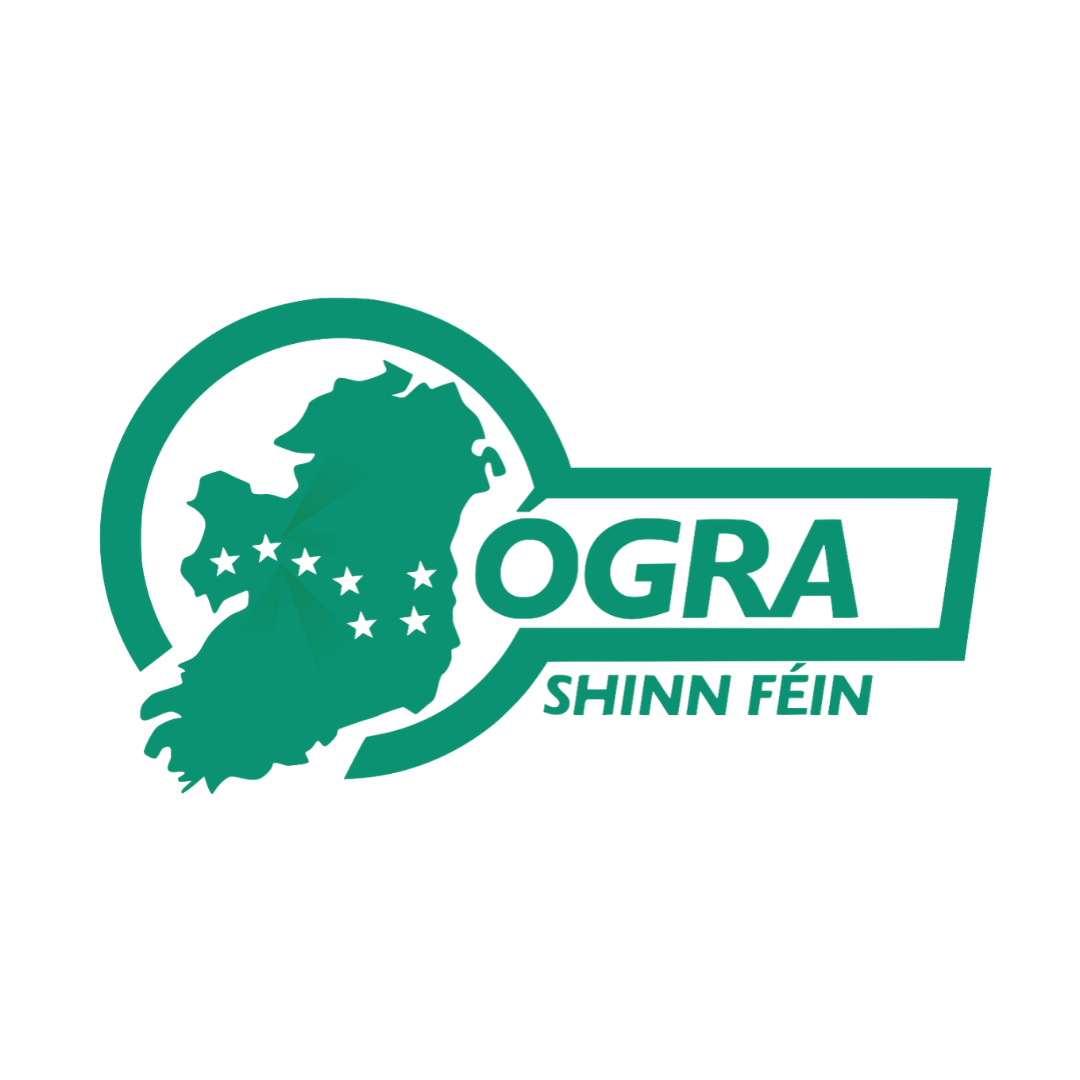Sports and the Politics of Resistance
In Ireland and across Europe cultural institutions such as sports clubs played a significant role in socialist and nationalist movements historically, and in recent years a series of ‘red gyms’ have reemerged in several countries including Ireland where Red Phoenix sports club holds weekly muay thai classes and organises hikes throughout the year. The aim of which is to both provide spaces for people who may not otherwise be active on the left to engage in politics( it was noted by the early organisers of trade union and working class sports clubs over 100 years ago that it is often easier to get young workers to attend a sports club than a meeting) as well as promoting a healthier lifestyle among members
There are now regular inter club sparring days and competitions between red gyms across Europe, from Brigthon in England to Poznan in Poland, and training facilities that are comparable to any other gym.
These ‘red gyms’ are not a new development, rather they are the rediscovery of a once common feature of left wing organisations in the nineteenth and early twentieth century. At the time it was universally recognised that sports and culture was an important part of any left movement. There was once so many left wing sports clubs that a ‘workers olympics was organised by the Socialist Workers Sport International during the Interwar years. The importance of having a well organised sporting branch of trade unions and socialist movement was both practical in terms of improved physical fitness and health for individuals, and in wider terms in what would now be seen as part of counter hegemonic struggle.
However post world war two there was a retreat from this form of activism, with the left in many western European countries all but collapsing and trade unions largely embracing various forms of social partnership and focusing on workplaces as individual units. Not surprisingly a decline in class consciousness and the fortunes of organised labour and the broader left across the western world followed.
While in many European countries at the turn of the century these working class sports clubs emerged as part of trade unions and left parties. In Ireland as a colonial and post colonial society the conditions were different as the national liberation struggle was the political focus. As such the sporting organisation which most obviously represented this type of popular counter culture was the GAA which alongside other cultural nationalist organisations in the early 20th century and post partition affirmed an irish identity that was distinctly not British, and thus helping to create the conditions and awareness of Irelands disticnt identity, all of which are factors which supported republicanism.
The high level of overlap between those active in the GAA and the republican movement during the war of independence is well known, as is british attempts to suppress the GAA which they saw as subversive, most famously firing on the crowd at a gaelic football match 1920 killing 14 people including Tipperary footballer Michael Hogan. The reason for the closeness between political republicanism and broader cultural nationalism such as the GAA in the eyes of the British is rather simple, what republicans were fighting for, an independent Ireland, and what the GAA promoted, the promotion of Irish culture and sports, are part of the same broder struggle with the GAA being a key part of the counter hegemonic struggle against British rule. Of course the GAA was not directly political but in a context of colonialism an overt celebration of Irishness was always going to play a subversive and counter hegemonic role.
Similarly post partition the Orange State and unionists saw the GAA as a subversive organisation, promoting what they say as an alien culture. This often had deadly consequences for GAA fans as Sean Farmer and Colm McCartney were murdered by the Glenane gang on their way home from the All Ireland semi final in 1975, and Aiden McAnespie who was murdered by a british soldier on his way to a gaelic football match in 1988.
In other struggles against colonialism sport has played a similar role, in Senegal the once revered traditional wrestling style Laambe or Lute has only recently came to be seen as a source of pride again having for years been reduced to a sign of backwardness by the colonial education system. It can also be seen in China where during the colonial period Hua Yuanjia became a folk hero when he defeated European and American fighters using traditional chinese martial arts and of course in the Basque country where like in Ireland traditional Basque sports are important expressions of national identity in the face of colonial oppression.
The link then between sports and politics is clear from both a left wing and national liberation perspective, expressions of Irish identity such as the gaa were seen as a challenge to first british rule and post partition unionist dominance similarly the ‘red gyms’ are an expression of left wing culture and powerful tool to build wider structures. The logic is straightforward, create more spaces which support left politics and provide a space to organise a wider range of people while incorporating socialist principles into ordinary activities such as sports.
As the red gym movement grows links are built between gyms and organisations, creating networks which not only increase the quality of the gyms but also provide important solidarity networks which can be utilised.
While Dublin's Red Phoenix is currently the only gym of its kind in Ireland (not that it limits itself to combat sports, with regular hikes also organised) the republican movement and the broader left will benefit from the counter hegemony created by more red gyms, and from incorporating more physical activity into our activism.
